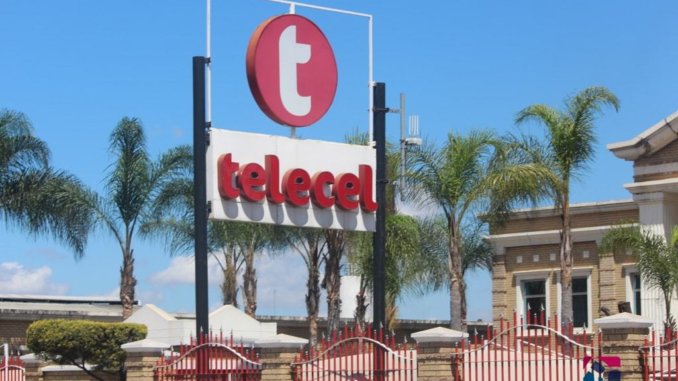The sideshow that is the downward spiral of Telecel has been something to behold. You would have been called a fool had you predicted in the noughties that Telecel would have less than half a million active subscribers in a decade-plus time.

Such is the case for Telecel right now… The mobile network operator has, as of Q2, 2022, 496003 active subscribers which gives the MNO a paltry 3.3% of the mobile operator market share according to the Postal and Telecommunications Regulatory Authority of Zimbabwe (POTRAZ).
At its peak in the last decade, Telecel held just over two and a half million subscribers (2,578,559). That was in Q4, 2013 when it commanded the slimmest of leads over NetOne Cellular. Moreover, this was when Zimbabwe’s mobile penetration was climbing sharply from 50.4% in 2010 to 84.3% at the end of 2013.

The only way should have been up for all the three MNOs but sadly that hasn’t been the case for Telecel. Additionally, the decline from Q4, 2013 to Q2, 2022 represents an 81.8% subscriber drop!
In its highlight quarter of the last decade, Telecel Zimbabwe had a 15% share of mobile revenues second to Econet Wireless Zimbabwe which held 74% but ahead of NetOne which had 11%.
The picture is vastly different as of this year. Zimbabwe’s smallest mobile network operator now accounts for 2% of mobile revenues as of October this year.
No wonder the company is now being placed under corporate rescue…
A top-down collapse
Telecel’s failure comes from where all things in the corporate world stem from, the boardroom. There is nothing more vertigo-inducing on earth than trying to figure out who exactly owns what share of Telecel.
On “paper”, 60% of the MNO is reportedly owned by Telecel International while 40% is controlled by a consortium called Empower Corporation (EC). But that is just on paper because there have been a number of people from businessman Philip Chiyangwa, the Zimbabwe Farmer’s Union, the National Miners Association, nephews of the late President Robert Mugabe and many others who declare themselves as legitimate shareholders.
That inability to figure out who owns what is at the root of the problem at Telecel. There has been no sound strategy to avert the decline over the last decade, to the point that Telecel’s assets stand at ZWL$1.5 billion while its total liabilities are said to be ZWL$24 billion according to a report from The Herald.
The only thing that can save it from complete collapse right now is the aforementioned corporate rescue, which according to the same report by The Herald has some plans to revive the ailing mobile operator.
However, if there is any plan, it should surely be about…
Data data data!
If the COVID-19 pandemic showed anything, it’s that Zimbabweans will find the money for data be it for a full internet or a daily WhatsApp bundle.

If Telecel is going to get back on its feet and avert insolvency it probably needs to adopt a data-first strategy. This, of course, might ostracize its rural clientele but the demand for data strongly suggests that it’s the horse to back right now.
And it appears that Telecel is thinking the same because it announced a Christmas promotion for 2022 that will be offering customers 500MB free if they purchase US$5 of airtime.

This has to only be the start. Telecel has to be far more competitive when it comes to pricing as well as prioritizing LTE infrastructure more than anything else in the big cities. This, I think, is the only way that it can claw back something and make itself stand out from the rest of the industry.
If all else fails…
Then Telecel’s licences to operate in Zimbabwe are probably its most valuable assets. If the company is to go belly up, then whoever will be handling what’s left of it can coax continental mobile network operators to come into Zim and just take over Telecel’s MNO licence and whatever licence they have to operate a mobile money business.
I say this because a new application for an MNO Licence costs US$137 million over 20 years and 3.5% of Gross turnover plus VAT if approved. This has been one of the deterrents that have kept companies like MTN, Airtel and others away from the Zim market.
That and the fact that for the longest time MNOs were only allowed to price at the depreciating local currency
The hope is that it doesn’t come to that… But with no clear way back in an Econet dominated market a fresh name might be the thing that changes everything.
Also Read:
Dolphin Telecom & 2 others to join Zim’s expanding mobile operator space – The Zimbabwean mobile network operator space has just opened up with the introduction of Dolphin Telecom which is set to be Zimbabwe’s first Mobile Virtual Network Operator (MVNO). “It is true that we are licencing new players in the telecommunications sector…








